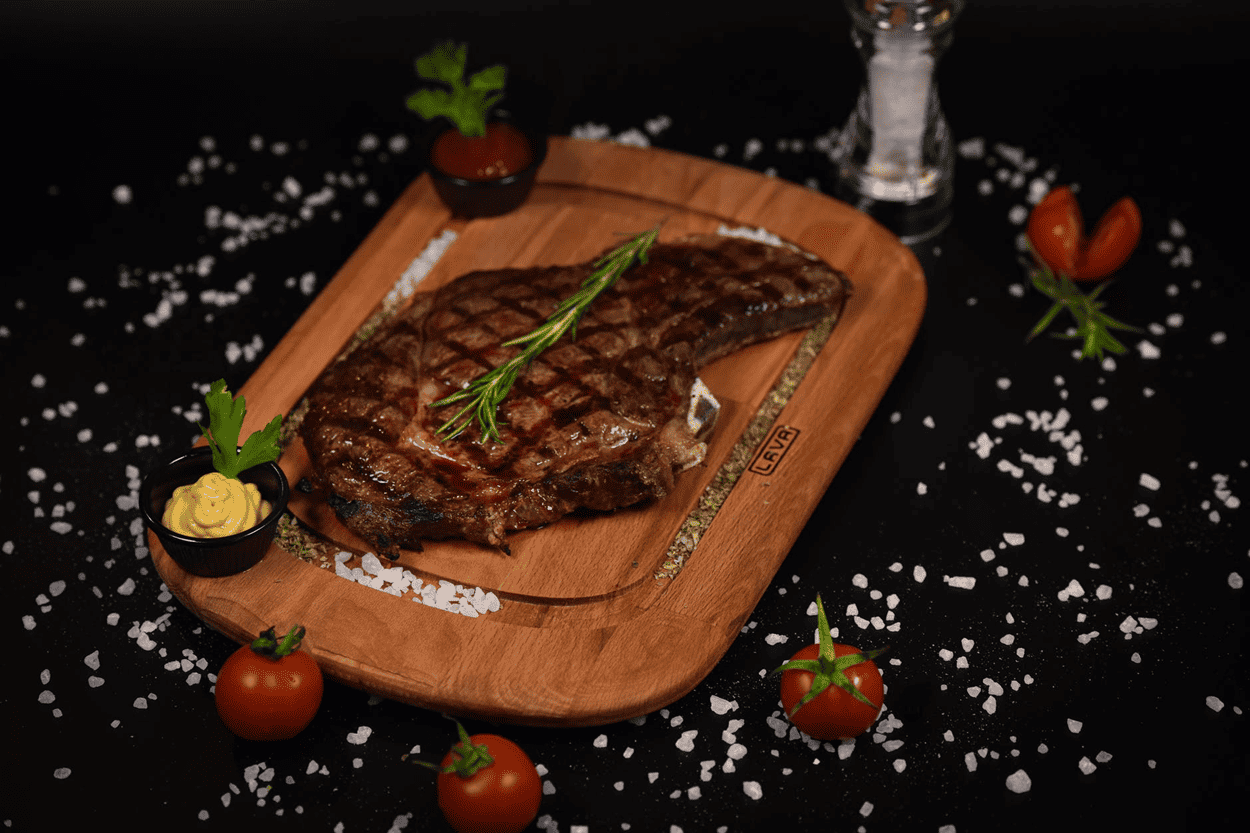
How to Use a Grill Thermometer to Achieve the Best Juicy Meat?
It happens to everyone, especially when you are new to using a grill thermometer. You spend hours preparing for this dinner only to undercook or over roast the meat. It’s a dreadful moment nobody wants to experience. Therefore, it is important to learn how to use a grill thermometer to get the best juicy meat. With the right use of the grill thermometer, you can save money, reduce your anxiety, and enjoy your meal.
While some people use several methods to check the doneness of their meat, it doesn’t produce the same result as using a meat thermometer. It’s understandable that people peek at the meat, touch it, check the cooking time, or use a cake tester to guess the meat doneness. Nevertheless, a grill thermometer comes in handy because it shows when your meat is safely and perfectly cooked.
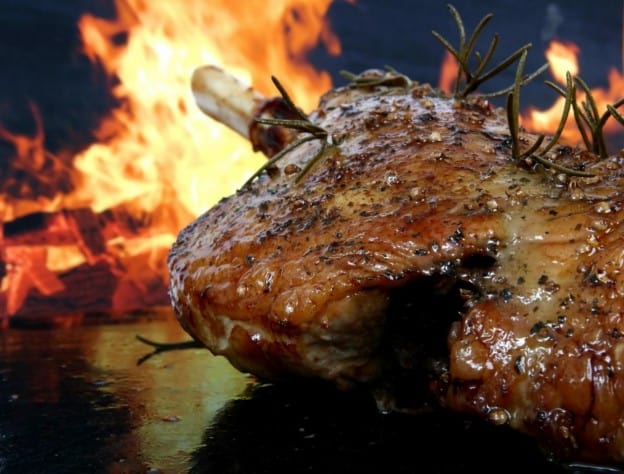
Understanding meat thermometer
For newbies, a meat thermometer is a device that helps measure a meat’s internal temperature. Food such as eggs, pork, and poultry requires a certain temperature level to destroy any harmful bacteria. This can prevent any food-borne illnesses resulting from adequately cooked meat.
Kitchen thermometers enable you to gauge the internal temperature of meats without cutting them into pieces, which negatively affects their texture and flavor. Nowadays, we have analog and digital thermometers. It’s an essential tool to include in your kitchen utensils to help cook your meat perfectly.
How to use grill thermometer to achieve the best juicy meat?
Understanding how to use a remote thermometer or grill thermometer will go a long way if you want to achieve the best juicy meat. To make it easier, let’s look at the process of using a thermometer to check a chicken’s internal temp, especially if you are an amateur.
Step One – Choose the suitable thermometer
Everything hinges on picking the best meat thermometer as it will determine the outcome of your cooking. Therefore, the first step is buying the ideal thermometer to get the job done. Here, you have several options at your disposal, and it can be a daunting task to find what is suitable for you.
Meat designed thermometer
One frequent issue most people encounter when using a thermometer is buying the wrong one. Some thermometers are designed to handle specific jobs. Ensure you understand what you are getting into before choosing a thermometer.
Digital thermometer versus dial
With advancements in technology, many people would prefer using a digital thermometer compared to a dial thermometer when cooking on the grill. We prefer you opt for a digital thermometer as it reads faster than a dial thermometer. Therefore, you can swiftly monitor your meat without allowing too much heat from the grill. This will help produce a stable cooking process with optimal results.
Wireless, wired, and wands
Peradventure, you decide to take our recommendation and select the digital thermometer; you are a step from making the right choice. It would depend on your spending budget because a digital food thermometer comes with several features. Assuming you have a tight budget, you might want to consider buying a wand-style thermometer as it reads out food temperature quickly.
Nevertheless, if you want to upgrade to a better electronic meat thermometer, you might want to consider buying a wired meat thermometer. This type of thermometer enables you to check your meat’s temperature without opening your grill lid. Interestingly, the wired meat thermometer is essential when you cook large meats and don’t want anything to slow the cooking time.
You can find several affordable thermometers with programmable features. Furthermore, a wireless thermometer is relatively new but can be expensive. It has the same principle as the wired option. However, it doesn’t come with a wire, which is the only difference.
Step Two – Understand where to measure
Once you have chosen the right bbq thermometer you want to use to grill your meat, the next step is to know where to measure if you want a better result. There are three areas to check to measure the doneness of your meat without using a steak temperature chart.
- Thickest Part: In measuring the temperature with an instant-read meat thermometer, the thickest part is the simplest direction to provide the best results. Insert your thermometer probe into the meat’s thickest part. This is the best place since the thickest part takes longer to cook.
- Largest part: Peradventure, you are cooking several items, for instance, chicken thighs or legs, you can measure the largest part. You can also measure the thickest part to ensure your meat cooks properly. You don’t want undercooked or overcooked meat.
- Do a large cut: If you grill a brisket, a large roast, or rack of ribs, you can read the temperature in several areas. This will enable you to know if your meat is cooked before serving.
Note: When measuring your grilled meat temperature, ensure the temperature probe doesn’t touch the bone, grill, or utensils. If this happens, you will get the wrong temperature reading, which will affect your food reading.
Step Three – Understand the right temperature
When learning how to use a meat thermometer, one vital thing to consider is knowing the safe temperature for your meat. There is a temperature danger zone to avoid when cooking food, and a meat thermometer is only a tool. That is why you need to know the ideal temperature for your cooking foods.
If you want a safe cooking temperature for your meat, here is a summary of the right temperature to use for your meat.
- Pork – 145°F(63°C)
- Roasts, chops, or steaks – 145°F(63°C)
- Ground beef, veal, or lamb – 160°F(71°C)
- All poultry – 145°F(63°C)
- Ground poultry (Turkey or chicken) – 165°F(74°C)
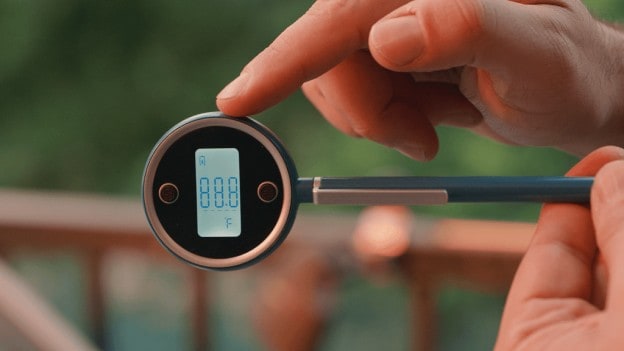
Conclusion
Learning how to use a grill thermometer to achieve the best juicy meat isn’t a complicated process. Whether you choose a wireless or wired thermometer, it often comes with an alarm that triggers when your meat reaches the desired temperature. Peradventure, you want to make a great meal and enjoy yourself with a cold beer as you wait for your meat to cook; a thermometer with alarm is necessary.
Now it’s time to practice with that meat to achieve the best juicy meat. Investing in a good thermometer isn’t an option to consider if you want to get your meat’s doneness accurately.
One Comment
Comments are closed.
Discover Other ChefsTemp Products
Discover more recipes and learn kitchen tricks by joining our cooking family on Facebook.
You may also like:
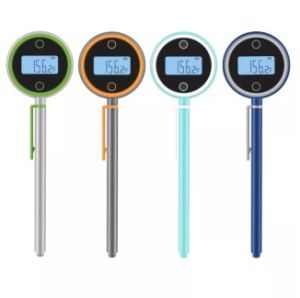
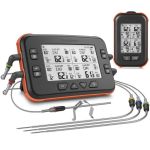
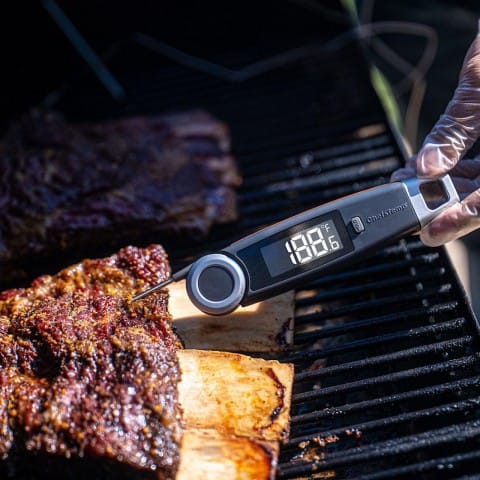
















[…] Whether it’s your first time cooking meat or not, you might have heard one common piece of advice: always rest your meat after cooking. This consensus is a long-held belief that many have come to accept as a fact. But is letting meat rest a myth? Does it really make a difference to the quality of meat you can enjoy later? Knowing the fact behind the myth could be the ticket to getting tender, juicy meat. […]